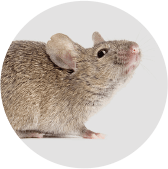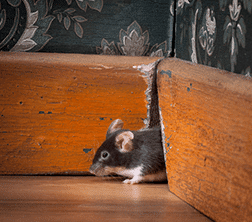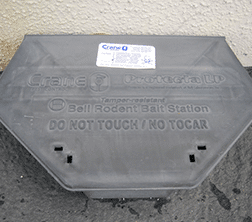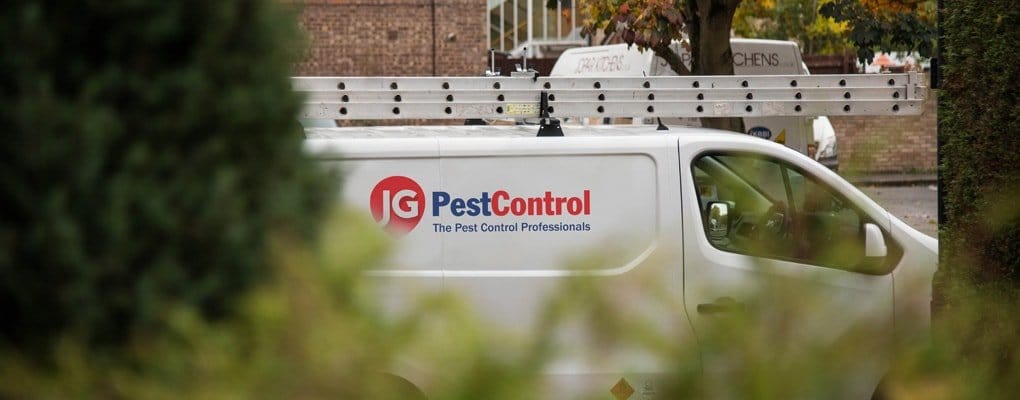Everything you need to know about mice
Types of mice
There are two species of mouse that are likely to infest homes: house mice and field mice. Their behaviour and identifying marks may seem identical but are very different – while an untrained eye would not necessarily be able to distinguish between the two species, a trained technician will be able to do so and recommend appropriate action as a result.

House mouse
House mice are found all over the UK in both urban and rural areas. They are often mistaken for rats, but they have smaller ears, tail and body which allows them to squeeze through holes and cavities that rats would be unable to. They range in colour from grey to brown, and are capable of climbing so may not be restricted to the floor.

Field mouse
Field mice are found in rural areas and are fairly similar in appearance to house mice. However, their ears and eyes are even more prominent in comparison to their size, which is one of the ways technicians can identify them.
Why do they enter homes?
Mice enter homes because they find them to be warm, safe and a good source of food. While you can do a great deal to minimise or completely eliminate potential routes into your home, the smallest holes and openings can provide access. With this in mind, one of the first things we do is identify entry points and seal them using mesh, wire-wool and other fillers to prevent further infestation.
House mice tend to cover a wider area than field mice when looking for food, which means that more bait locations are needed to deal with them. However, their feeding habits are more selective and they will not snack on anything they can get their paws on, unlike field mice.

Methods of entry





Signs of mice






Methods of mice removal
In almost all cases, removal is most effectively achieved with the use of poison. Safety is a priority, so we employ bait stations which are locked and can only be accessed by our technicians, thus protecting children and pets.








